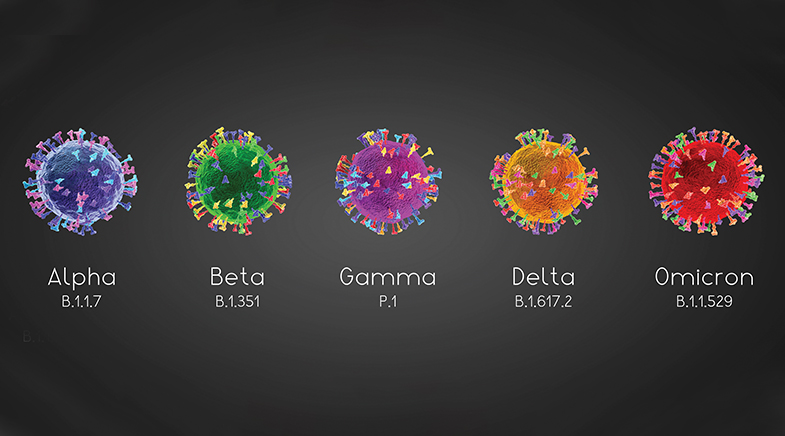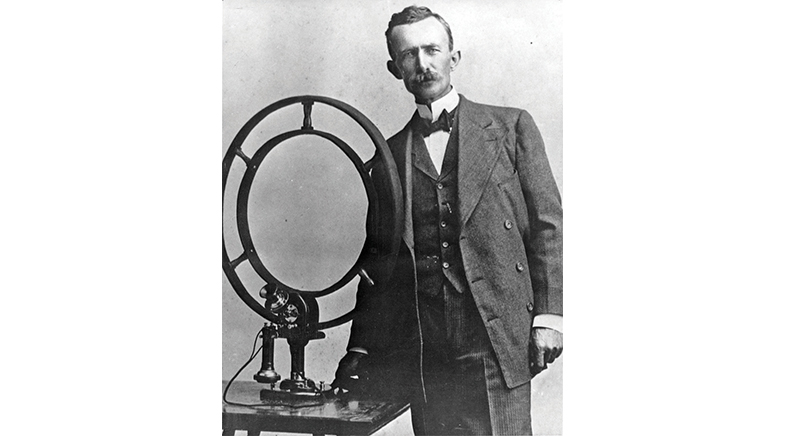Time for a reality check
-
- from Shaastra :: vol 02 issue 06 :: Nov - Dec 2023

The next platform war will be waged over immersive technologies. We peer into the AR/VR market and gauge its enormous potential.
howindialives.com
howindialives.com is a database and search engine for public data
In mid-2023, iPhone maker Apple introduced Vision Pro, an augmented reality headset, reviving the interest in immersive reality technologies. Apple's headset promised a far superior experience compared to Meta's virtual reality offering. Some analysts argued that Apple — the world's most-valued technology company — seemed to be better placed to win what is pitted as the next platform wars, which will be fought around immersive technologies such as augmented reality (AR) and virtual reality (VR). The previous two battles were fought around computers and mobile phones. While the headlines belonged to Apple, there has been significant activity in the landscape of immersive technologies. By the end of this year, over 10 million AR/VR units will have been shipped, according to the International Data Corporation (IDC), with Meta and Sony dominating the market. The potential is huge, and it's driven by developments in key technologies, including batteries and digital communications.
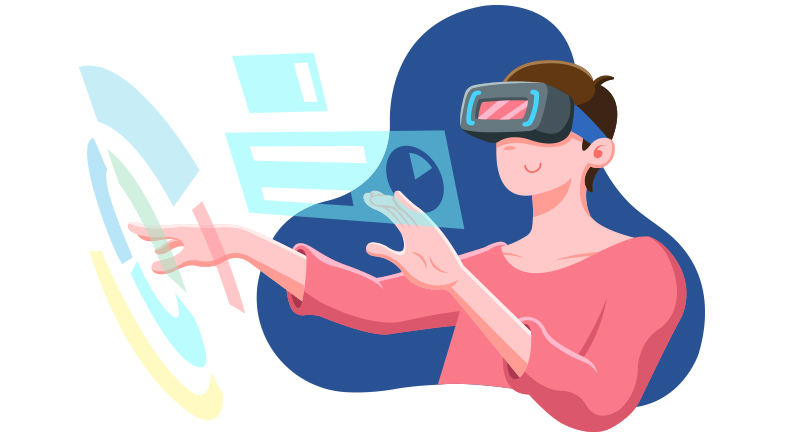
THE POTENTIAL
The AR/VR market is likely to follow a trajectory similar to that of computers and mobile phones, which saw hardware evolve — computing power expanded, displays became better and batteries kept pace. As more consumers used these devices, advertising boomed, creating companies such as Google, Facebook and Twitter.
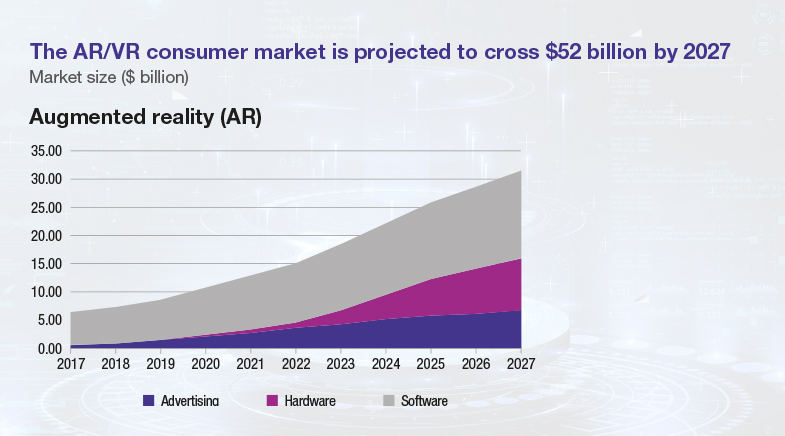
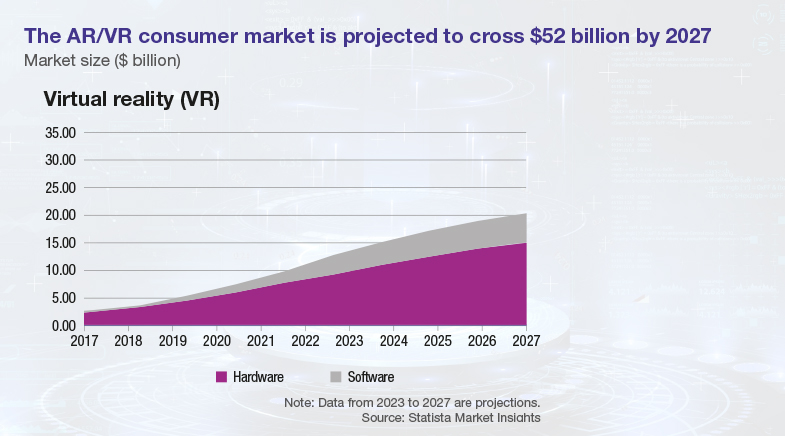
Similarly, immersive technologies may open up opportunities across hardware, software and advertising. Just as computers and mobile phones boosted productivity across industries in the past few decades, AR/VR devices and tools are expected to do the same. Already, these technologies are being used in shop floors, training centres and laboratories. In design, it has led to faster prototyping and reduced errors. It has improved worker training and safety. In healthcare, it has helped in surgical simulations. Such use-cases are expected to increase.
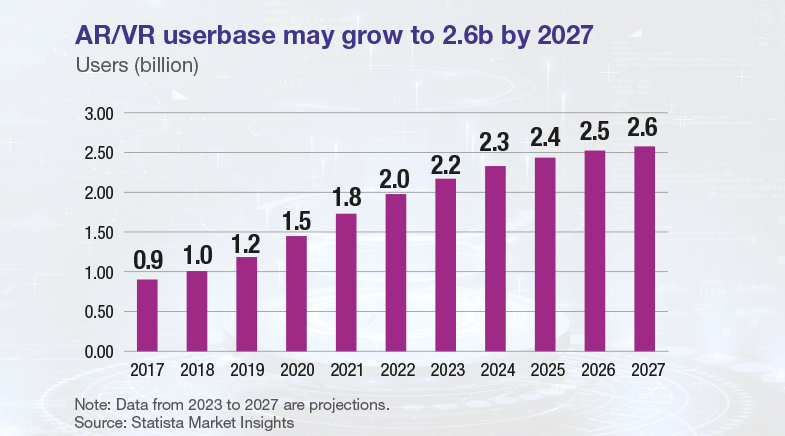
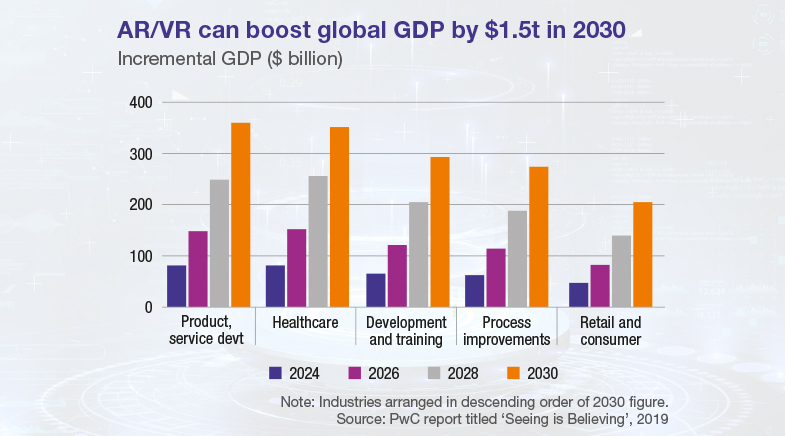
THE DRIVERS
The first computers were complex and hard to use. The first mobile phones were large and expensive. However, consistent R&D efforts made these devices powerful and easier to use, and expanded their reach. Something similar is expected in the AR/VR sector, too. There is ongoing research focused on improving the quality and realism of virtual experiences, enhancing tracking and motion-sensing capabilities, and refining user interfaces. These developments contribute to the creation of more immersive and captivating AR/VR applications.
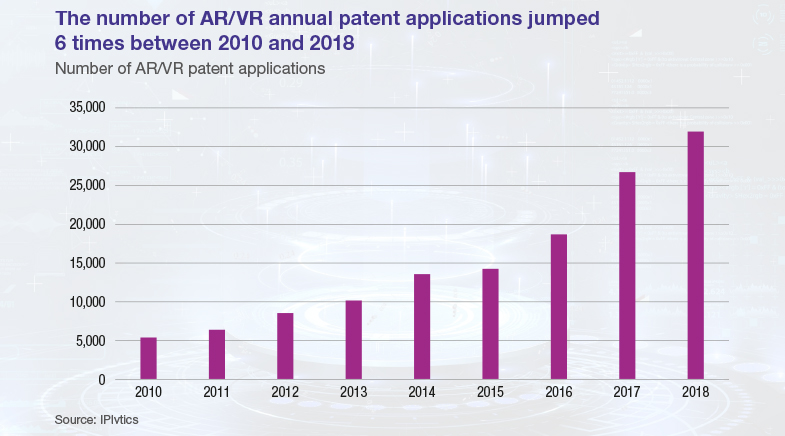
Moreover, there are efforts to improve other technologies, including power storage and communication. Longer-lasting and more efficient batteries enable untethered experiences, allowing users to freely move and engage with virtual environments. The emergence of 5G and ongoing exploration of 6G in telecommunications promise increased bandwidth, low latency and improved connectivity.
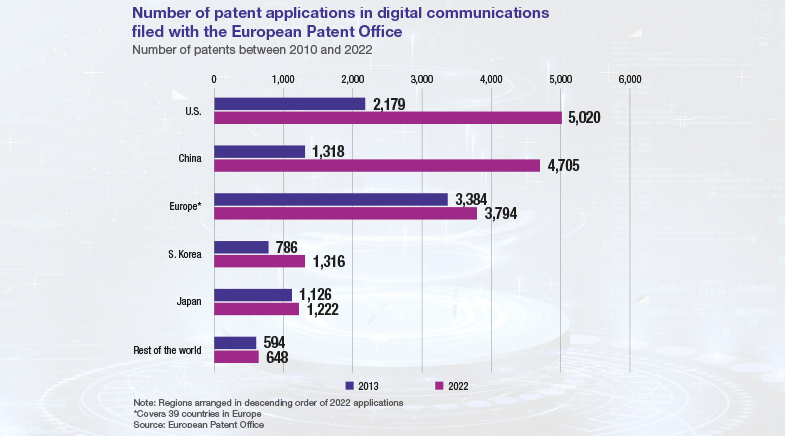
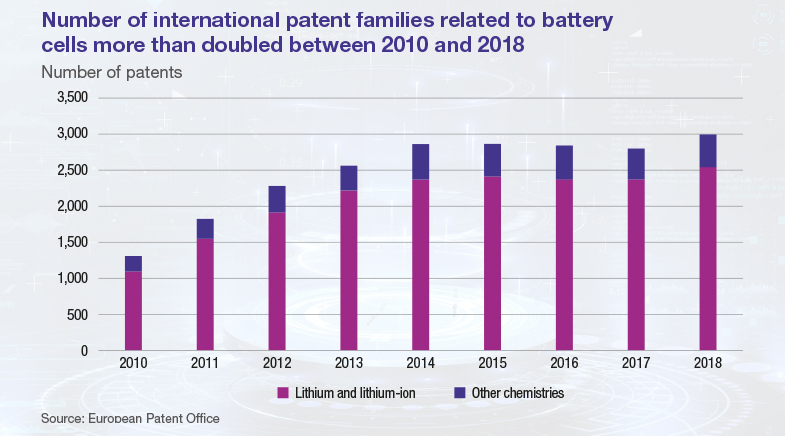
THE LEADERS
The United States and China have emerged as dominant players in the field of VR/AR research and development. Both countries have invested heavily in cutting-edge technologies, fostering innovation and building robust ecosystems for research. The R&D is being driven by private players, all large technology firms. By its sheer numbers, India is expected to be one of the key markets for immersive technologies. Whether it also becomes a key ecosystem for research and development remains to be seen.
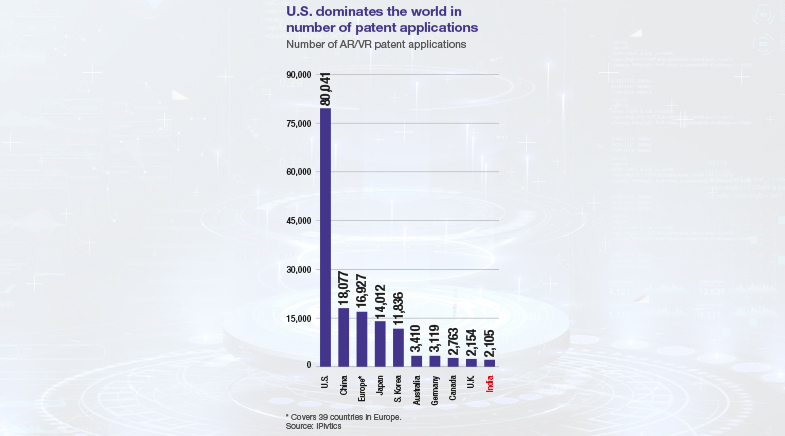
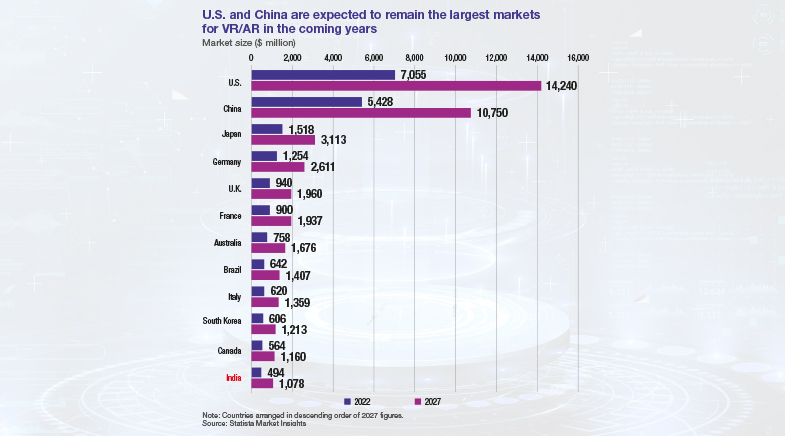
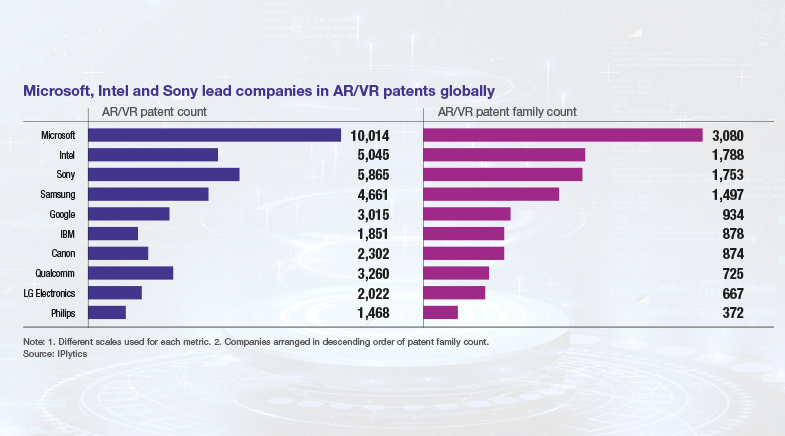
Have a
story idea?
Tell us.
Do you have a recent research paper or an idea for a science/technology-themed article that you'd like to tell us about?
GET IN TOUCH
